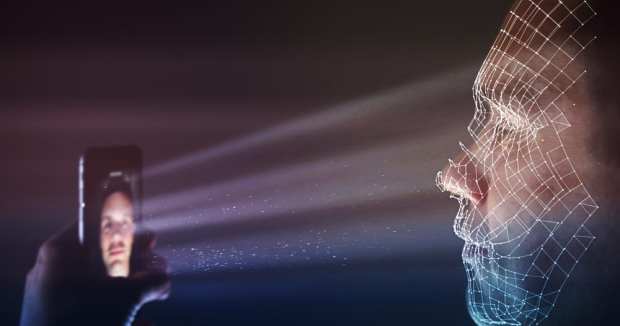Can Digitally-Read Emotions Play a Role in Payments and Retail?

Emotions play a significant role in all human endeavors, and that certainly goes for payments and commerce. And even as those two activities become ever more digital and mobile, emotions are still there as a focus. Indeed, the role of emotions in payments and commerce in this digital age looks sure to grow even more.
Fresh evidence supporting that point comes from Amazon. According to a recent report from CNBC, the eCommerce and cloud-computing operator has said that “its facial recognition software can detect a person’s fear.” The technology in question “can be used for facial analysis or sentiment analysis, which identifies different expressions and predicts emotions from images of people’s faces. The service uses artificial intelligence (AI) to ‘learn’ from the reams of data it processes,” according to that report.
There was no direct, immediate indication that the technology — and this new advance — would have retail or payment implications anytime soon. But facial recognition has lately been making major strides in the worlds of payments and commerce, and it seems plausible to think that these emotional-detection capabilities will, indeed, find a way into the daily lives of consumers before too long.
Biometric Appeal
For instance, as PYMNTS research has shown, the ongoing effort to get past the use of passwords for online and mobile security increasingly involves the use of facial recognition and other biometric authentication technology. After all, more than 4.5 billion digital records were compromised in the first half of 2018 alone — a staggering figure that could not have been possible if digital IDs were not drawing so much attention.
Tighter security and authentication methods for digital IDs are necessary to lessen the magnitude of these breaches and hopefully stop them entirely. Just consider this: Approximately 59 percent of consumers use the same password for multiple accounts, allowing cybercriminals to run amok across several private accounts if one password is successfully cracked.
Fingerprint scanners have been on the market for years, but newer biometric authentication methods are currently on the rise, such as facial recognition. This tool has seen significant use since Apple added it to its latest generation of iPhones. Some facial recognition offerings allow users to upload selfies, which are then compared to 3D facial maps that are established when users create their accounts.
Retailers and companies involved in retail-and-payments-related ecosystems are getting into the facial recognition game, too. Think about the emerging landscape for connected vehicles. The use of facial recognition is gaining steam as automakers and other consider ways to make driving safer by better, more accurate monitoring of drivers’ faces — the general idea is to use facial recognition to determine when a driver might be in danger of nodding off, and to provide an alert so that an accident can be avoided.
Voice and Emotions
The use of emotions is not limited to facial recognition biometric authentication technologies, either. Amazon again provides an excellent recent example of this. The company reportedly is developing a wearable device that is activated by voice to recognize human emotions. The effort is a collaboration between the Alexa voice software team and Lab126, which is a group behind the Echo smart speaker as well as Amazon’s Fire phone.
The device, which works with a mobile app, is said to have microphones that can use a wearer’s voice to detect his or her emotional state. The technology could potentially direct users on how to better interact with others. However, the report noted that the project status is not known, and it is uncertain whether it “will ever become a commercial device.” It also pointed out that the company gives wide latitude to teams to experiment with products, some of which never go to market.
That news emerged as different biometrics — not just facial recognition — are on the rise in the retail and payments space. For example, reporting from earlier this year found that hat Alexa now stands as the most-used voice assistant on the market. The technology is reportedly found in more than 60,000 smart home devices, which marks a jump from only 12,000 devices a year earlier. According to reports, Alexa was in 20,000 smart home devices in September, highlighting a fast trajectory for the digital personal assistant.
Facial recognition, like all biometric authentication tools, promises a variety of capabilities. But no matter the use, it seems all but inevitable that human emotion will play a more prominent role in these technologies going forward.
